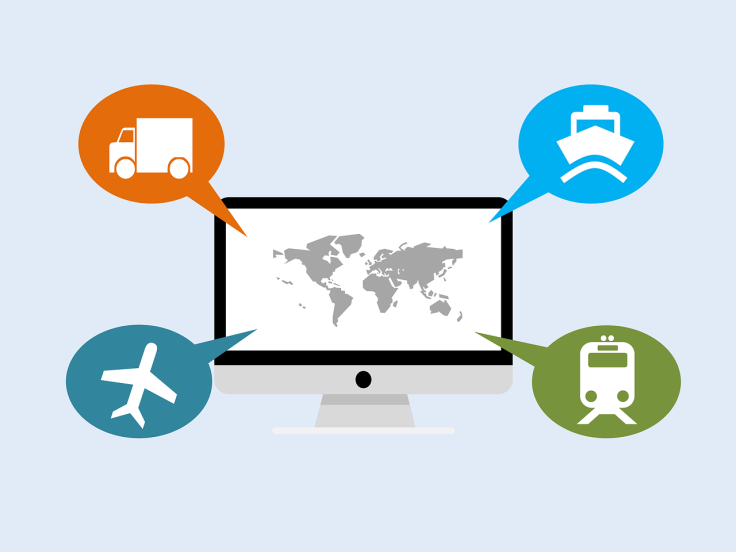
Supply chains have several goals to satisfy, including high customer satisfaction, profitability standards, and disruption resistance. Additionally, businesses are starting to ready their supply chains for a more responsible future by ensuring that workers receive fair salaries, that raw materials come from sustainable sources, and that their manufacturing and transportation systems are safe and ecologically friendly.
Until recently, organizations were forced to make trade-offs since accomplishing these goals would have come at an enormous expense. However, these goals are becoming more and more realistic because of the combination of blockchain, the Internet of Things, and analytics. Remember that you need excellent planning, and demand planning software is essential in your business as it is a procedure that lets a business forecast future demand and effectively tailor its output, including its goods and services, according to such forecasts.
However, tools in business, like supply chain planning software, will assist you in planning and organizing the different parts of a supply chain. Remember that it balances supply and demand by optimizing the delivery of products, services, and information from supplier to customer.
Artificial intelligence (AI), blockchain, and the Internet of Things (IoT) are just a few examples of digital technologies that drastically changed supply chain management. These technologies have brought new capabilities, more transparency, and efficiency, as well as improved decision-making processes at different supply chain phases. Below is a summary of their influence:
Capabilities to Develop
Companies should use four strategies to fortify their supply chains, but they should exercise patience as these strategies will take time to implement and yield benefits.
Include Tracking and IOT Features
Businesses should integrate IoT capabilities into their supply chains to monitor the inventory of finished goods and individual component pieces. IoT is the ability of devices to employ sensors to automatically gather data, such as bar code scans, GPS location, temperature, and pressure, and upload this data to a cloud server over the internet.
Keep Track of Transactional Information
Companies ought to log IoT device transaction data on a blockchain, which may be used to confirm the authenticity of transaction records and gather incredibly detailed decentralized data. A company can use this information to guarantee sustainable sourcing, enhance supply chain contract execution, and secure better funding.
Align and Standardize Data from Many Sources
Utilizing the data gathered from IoT devices in a supply chain requires this. Assume a company employs inventory scanners to monitor the flow of inventory into and out of the fulfilment center and temperature sensors to record the storage temperature in the center every hour. The company must align these data tables to find out which inventory units were kept at which temperature for what length of time.
Construct Prescriptive and Predictive Analytics
One way to forecast when a food product will ripen or spoil is by using temperature data from fulfilment centers. Then, by using this predictive model, inventory planning and creating promotions for food products that are about to perish may be guided. Profitability will increase, and food waste will decrease as a result.
Key Takeaway
The most significant potential profit comes from data and analytics to develop new goods and services. Examples include developing new marketplaces that pair buyers and sellers using blockchain data, creating more effective contracts that use a blockchain-based system's ease of effort and performance measurement, and producing customized goods by leveraging the visibility of activities throughout the supply chain's layers.










